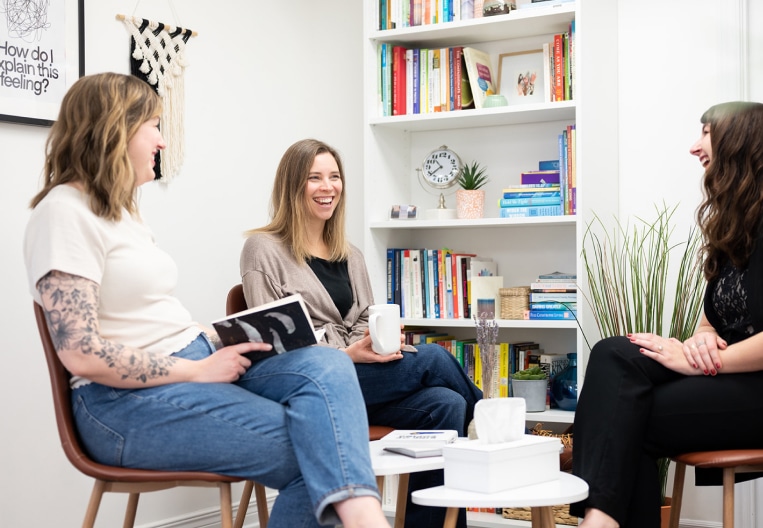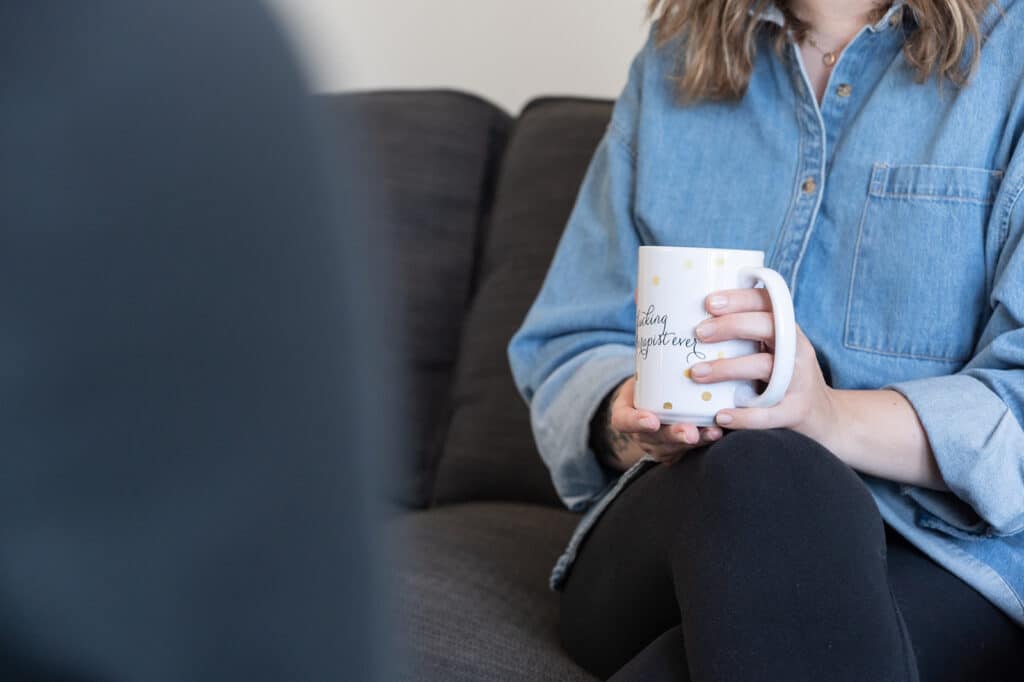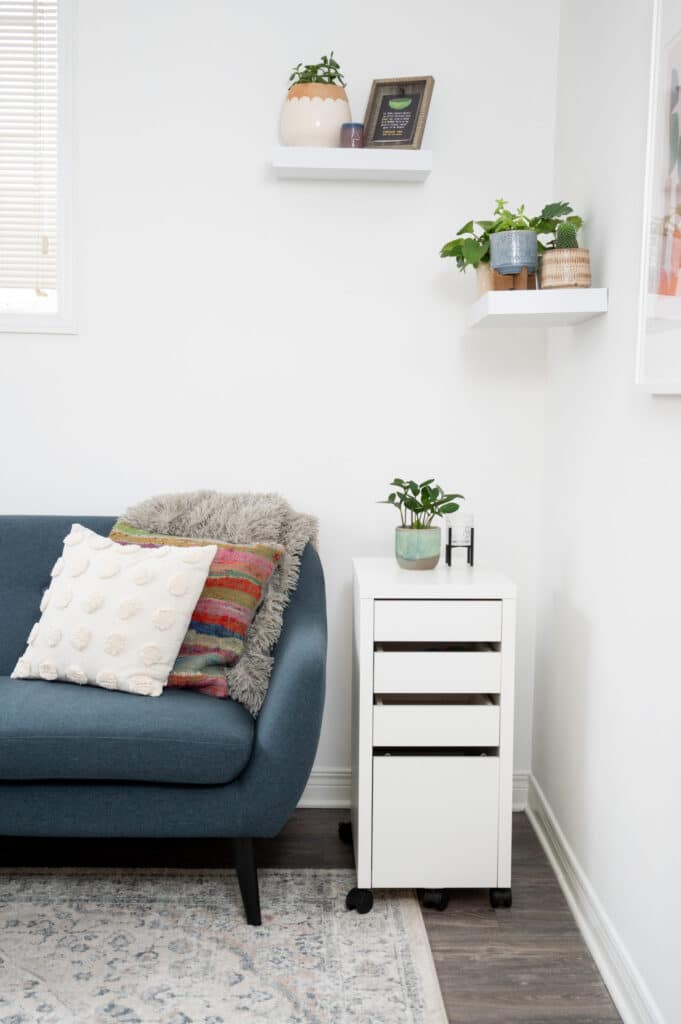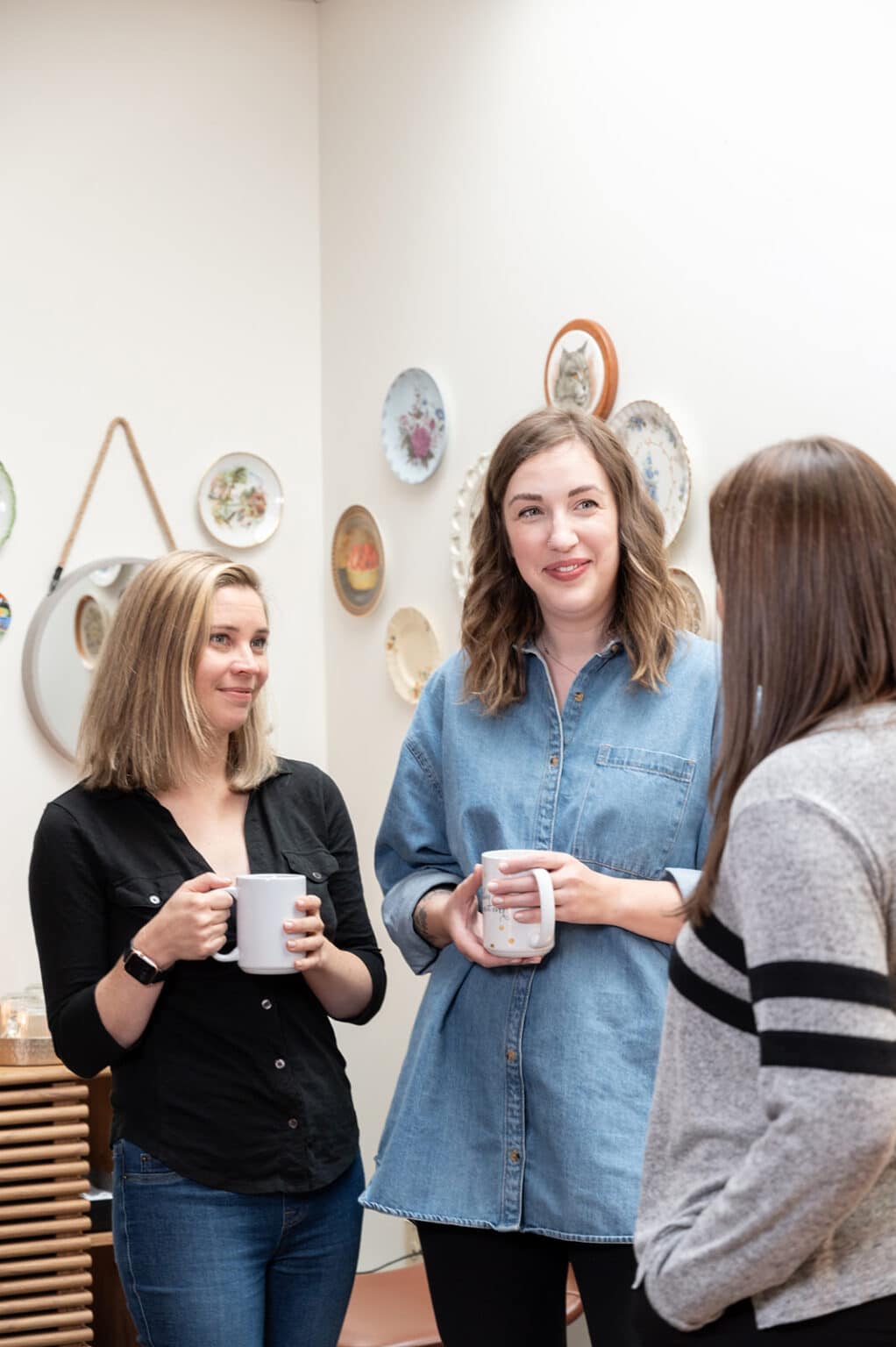A relational approach to psychotherapy is all about exploring the dynamics of relationships—both those we have with others and those we have with ourselves. It’s rooted in the idea that our connections with the people around us can shape our emotional well-being, and understanding these dynamics can be key to healing and personal growth.
So, let’s dive into what makes the relational approach so unique and how it works to help people heal.

A Powerful Tool for Discovery
At the core of relational therapy is the belief that the therapist-client relationship is a powerful tool for self-discovery and growth. Unlike some other therapeutic approaches, where the therapist might take a more detached, neutral stance, relational therapy encourages the therapist to be an active participant.
The idea is that the therapist and client are both human beings engaging in a meaningful connection, which can be transformative in itself. This is especially important because many of us carry wounds from past relationships—whether from childhood, family, friends, or romantic partners—that shape how we relate to the world today.
What to Expect
In relational therapy, the therapist doesn’t just sit back and passively listen. Instead, they are engaged and responsive, creating an environment where the client feels understood, supported, and safe. This kind of relationship helps the client to feel comfortable enough to explore not just what’s happening in their lives, but also how they feel and behave in their relationships.
The idea is that if we can understand and work through how we interact with others, we can start to shift patterns and behaviors that might be causing pain or distress.


Benefits & Outcomes
One of the reasons relational therapy is so effective is because it focuses on real-life dynamics. For instance, if a client struggles with intimacy in their personal relationships, these struggles might show up in the therapy room as well. The relational therapist would pay attention to how the client interacts with them, using it as a mirror to reflect back the ways in which the client might hold back or struggle with trust.
By working through these issues within the context of the therapy relationship, the client can experiment with new ways of being in relationships, and those changes can start to spill over into their everyday life.
What makes relational therapy particularly powerful is that it doesn’t focus solely on past wounds but also looks at present relationships and behaviors. It’s a holistic approach that examines both the ways we’ve been shaped by our past and the ways we’re actively shaping our relationships today. It acknowledges that we are constantly evolving through our connections with others, and that therapy can be a place to practice new ways of relating that are healthier and more authentic.
In essence, relational therapy is about the deep, transformative power of human connection. It’s about building a genuine, open relationship with the therapist so that the client feels safe to explore their emotions and behaviors. It’s also about recognizing the patterns that influence our interactions and how we can create better, more meaningful connections.
In the end, the relational approach helps people gain insight, heal from past wounds, and build stronger, more fulfilling relationships with others—and most importantly, with themselves. It’s a process that allows people to learn and grow through connection, making it an incredibly enriching experience for anyone willing to dive in and explore.

We understand reaching out takes effort. We try to make it as simple as possible. Send us an email, book a session using the link at the top of this page, review our Contact page – there is truly no wrong way to get in touch with us! And we aim to get back to you within 24-48 hours, because we know the wait can be a drag.
Let us know how we can help you!
Copyright © 2025 Levity Counselling Services. All Rights Reserved.